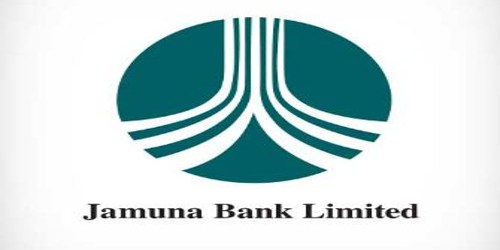Global Strategy Journal is defined clearly by its focus on international and global organizational strategic management, rather than a universalism approach to the study of strategy.
Global markets are international markets where products are largely standardised.
Michael Porter argued that industries are either multi-domestic or global.
Global industries: competition is global. The same firms compete with each other everywhere.
Multi-domestic industries: firms compete in each national market independently of other national markets.
In general businesses adopt a global strategy in global markets and a multi-local strategy in multi domestic markets.
Global strategy
Companies such as Sony and Panasonic pursue a global strategy which involves:
- Competing everywhere
- Appreciating that success demands a presence in almost every part of the world in order to compete effectively
- Making the product the same for each market
- Centralised control
- Taking advantage of customer needs and wants across international borders
- Locating their value adding activities where they can achieve the greatest competitive advantage
- Integrating and co-ordinating activities across borders
- A global strategy is effective when differences between countries are small and competition is global. It has advantages in terms of
- Economies of scale
Lower costs
Co-ordination of activities
Faster product development
- Economies of scale
However, many regret the growing standardisation across the world.
Multi domestic strategy
- A multi-domestic strategy involves products tailored to individual countries
Innovation comes from local R&D - There is decentralization of decision making with in the organisation
- One result of decentralization is local sourcing
- Responding to local needs is desirable but there are disadvantages: for example high costs due to tailored products and duplication across countries
This advantage can arise from the following sources:
- Efficiency
- Economies of scale from access to more customers and markets
- Exploit another country’s resources – labor, raw materials
- Extend the product life cycle – older products can be sold in lesser developed countries
- Operational flexibility – shift production as costs, exchange rates, etc. change over time
- Strategic
- First mover advantage and only provider of a product to a market
- Cross subsidization between countries
- Transfer price
- Risk
- Diversify macroeconomic risks (business cycles not perfectly correlated among countries)
- Diversify operational risks (labor problems, earthquakes, wars)
- Learning
- Broaden learning opportunities due to diversity of operating environments
- Reputation
- Crossover customers between markets – reputation and brand identification
















